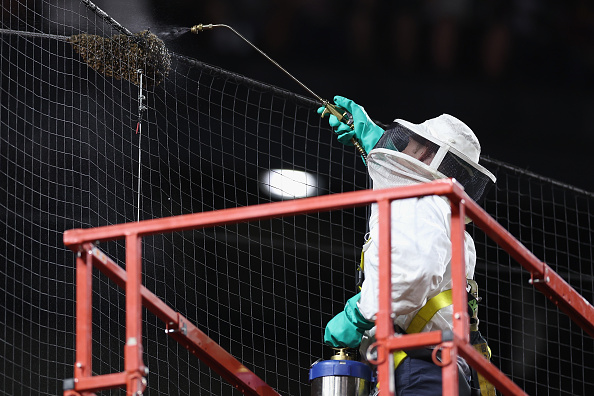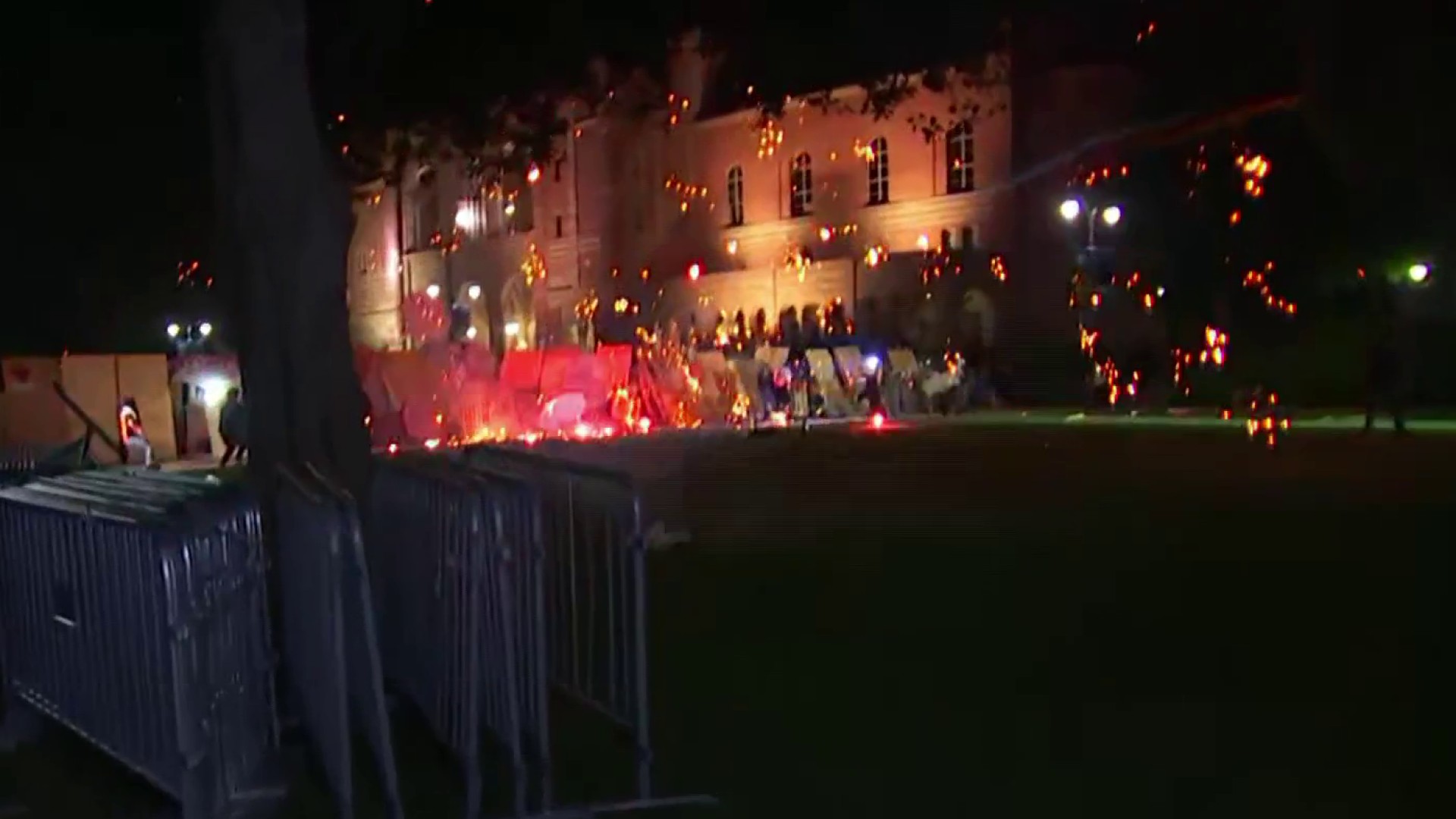The Jurupa Oak, a resilient survivor dating back to the end of the Ice Age, faces new dangers as development plans loom in the Inland Empire.
Perched atop a prominent hill in Northeast Jurupa Valley, the shrub is believed to be between 13,000 to 18,000 years old and is deemed by experts as California's oldest living tree.
"It's very sacred to us, it's part of our life," said Michael Negrete, Chief of the Shush Shong-Nah Tongva Nation Corona Band of Gabrielino Indians. He urged consideration for the impact on local wildlife if the development proceeds.
The new project aims to erect warehouses, retail spaces, and approximately 1,600 homes within the area where the oak stands, raising fears about potential threats to the tree's survival.
Get Southern California news, weather forecasts and entertainment stories to your inbox. Sign up for NBC LA newsletters.
Aaron Echols, the Conservation Chair for the California Native Plant Society, expressed the extraordinary nature of the oak, labeling it as "miraculous" due to its age. He and other conservationists have voiced their concerns regarding the proposed Rio Vista development by Richland Communities.
"The combination of urban development could lead to increased wildfire risks, pollution, and interference with the tree's water source," Echols explained.
Jurupa Valley's City Manager, Rod Butler, revealed that the proposed development is in its early stages, and the environmental impact report has only recently been made available for public review.
Local
Get Los Angeles's latest local news on crime, entertainment, weather, schools, COVID, cost of living and more. Here's your go-to source for today's LA news.
Butler assured that the city aims to ensure a safe distance and buffer zone from the oak to prevent any potential damage during construction.
At present, the buffer zone surrounding the Jurupa Oak spans 259 feet. However, there are calls for a much wider protective zone around the ancient tree.
"Not only protection but respect of the land," said Manuel Camarena, member of the hush Shong-Nah Tongva Nation Corona Band of Gabrielino Indians.
The fate of the Jurupa Oak hangs in the balance as the clash between development interests and conservation concerns intensifies in Jurupa Valley.
City officials have indicated that a decision on the project is still months away.



